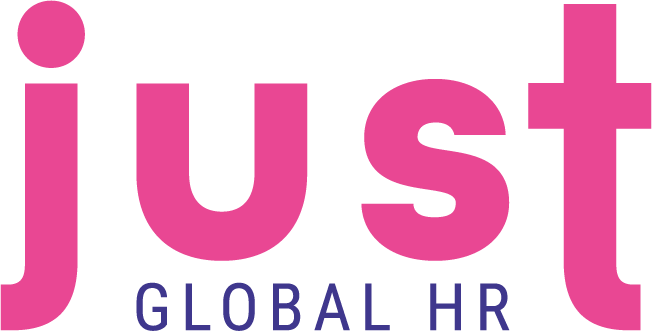Pay & Inflation Forecast
With the UK in the midst of a second wave of the Coronavirus pandemic and the economy in recession, these remain challenging and uncertain times. The latest monthly figures from the Office for National Statistics (released on 9 October) show that GDP grew by 2.1% in August 2020, the fourth consecutive monthly increase, but it remains 9.2% below the February 2020 level before the full impact of the Coronavirus outbreak on the economy.
There is obviously indications that the unemployment rate and level of redundancies have been increasing in recent months. ONS figures show that the number of employees on company payrolls between March and September 2020 fell by 673,000. This year’s autumn budget was cancelled to enable the Chancellor of the Exchequer to focus on plans to replace the furlough scheme and develop a winter economy plan. It was widely feared that the withdrawal of the Coronavirus Job Retention Scheme at the end of October would see unemployment levels surge. However, the Chancellor announced an extension of this Scheme until March 2021.
We are coming to the time of year when businesses look a pay awards for 2021. Data shows the median pay award for the year ending 30 September 2020 was 2.2%, 0.3 percentage points lower than this time last year. Looking ahead, we could see many employers in the private sector expecting pay awards to fall back further in 2021.
In the three months to the end of September 2020, pay awards have remained static against the background of the Coronavirus pandemic. The median basic pay award is nil for the third successive rolling three-month period.
Pay awards in the public sector continue to outstrip those in the private sector on an annual measure. In the year ending 30 September 2020, the median pay award in the public sector stands at 2.5%, while pay awards in the private sector are worth a median 2.1%.
For many years the great majority of employers tracked inflation using the RPI measure to inform decisions on cost-of-living pay awards. Although the Office for National Statistics continues to report this measure, it has lost its official status as a national statistic because of concerns that it did not meet international standards. As a result, the alternative CPI measure has grown in popularity.
In September 2020, CPI inflation stood at 0.5% and RPI at 1.1%. As at October 2020, it is expected that RPI will average 1.5% over the course of 2020, with forecasts ranging from 1.1% to 2.4%.
Employers are forecasting a median basic pay rise of 1% for the 2020/2021 and will be the lowest annual figure for more than a decade
